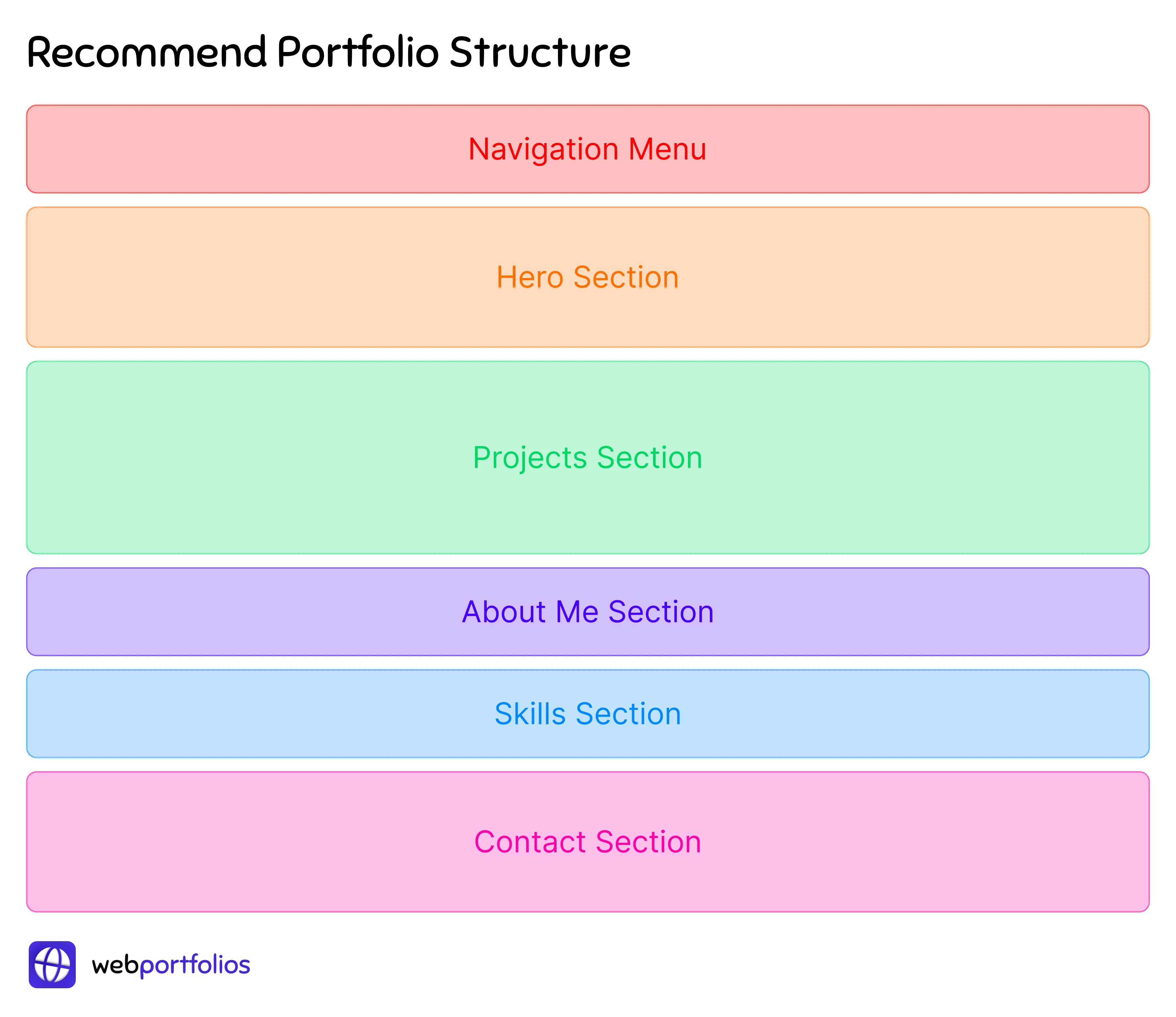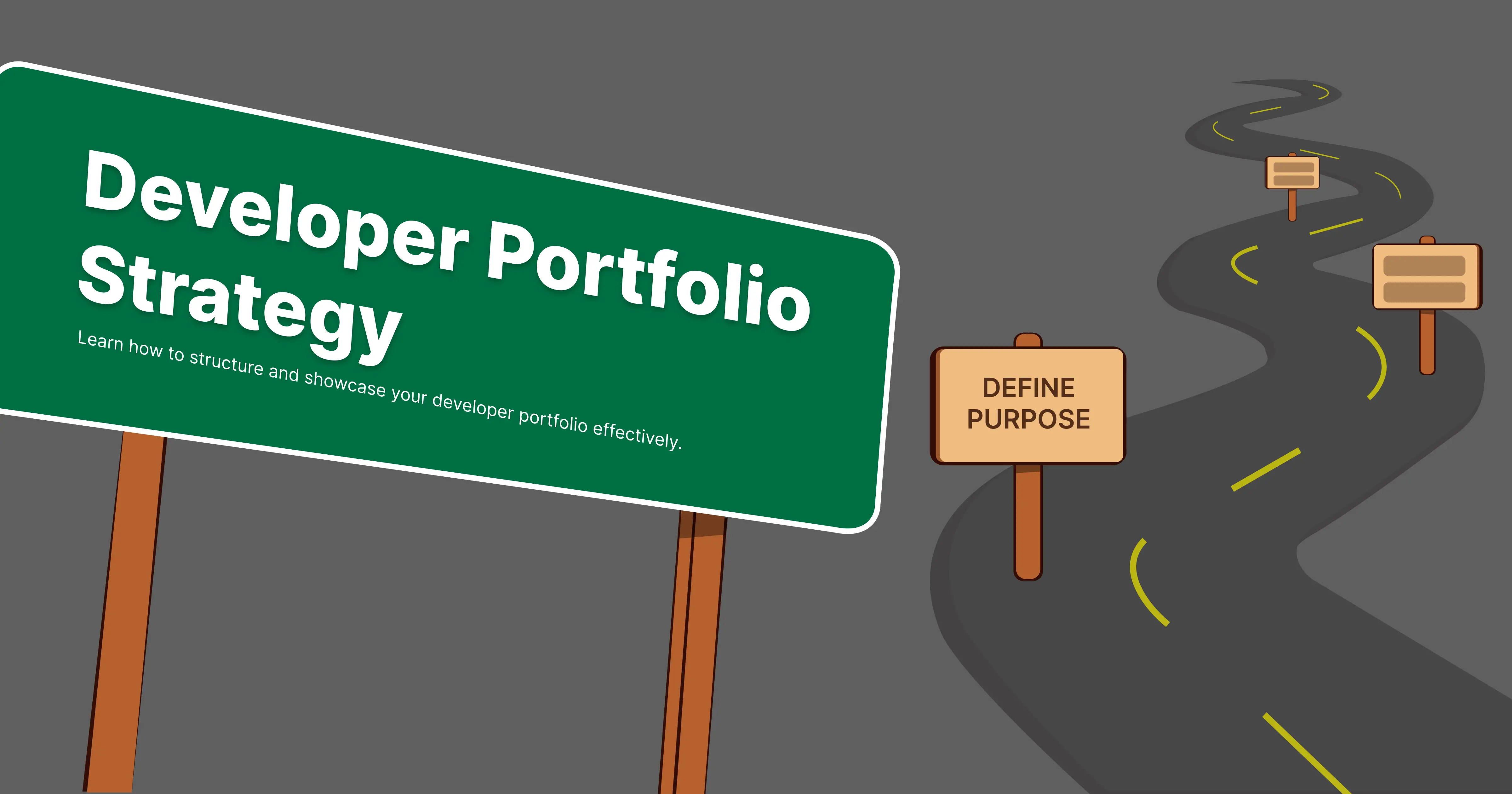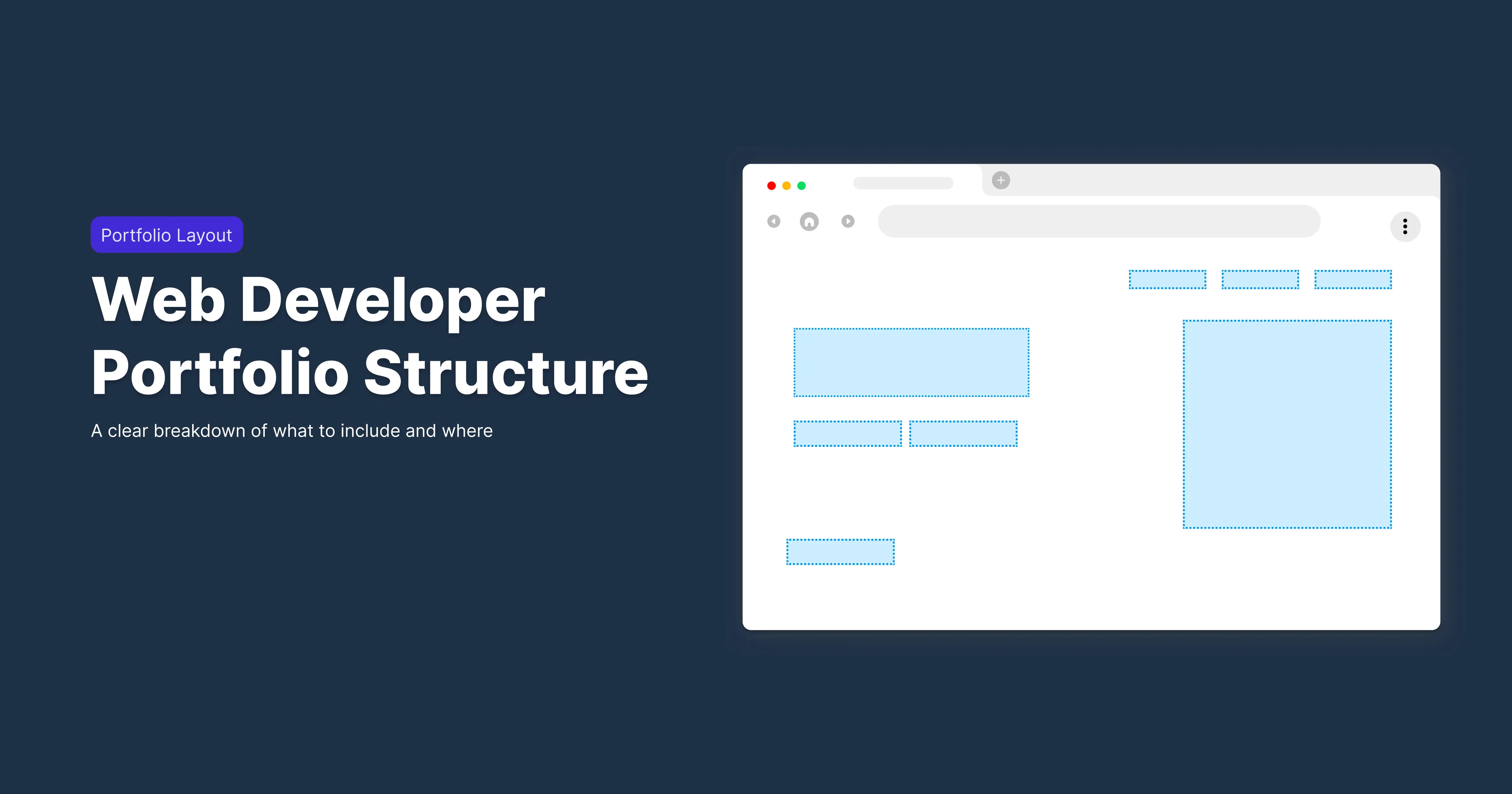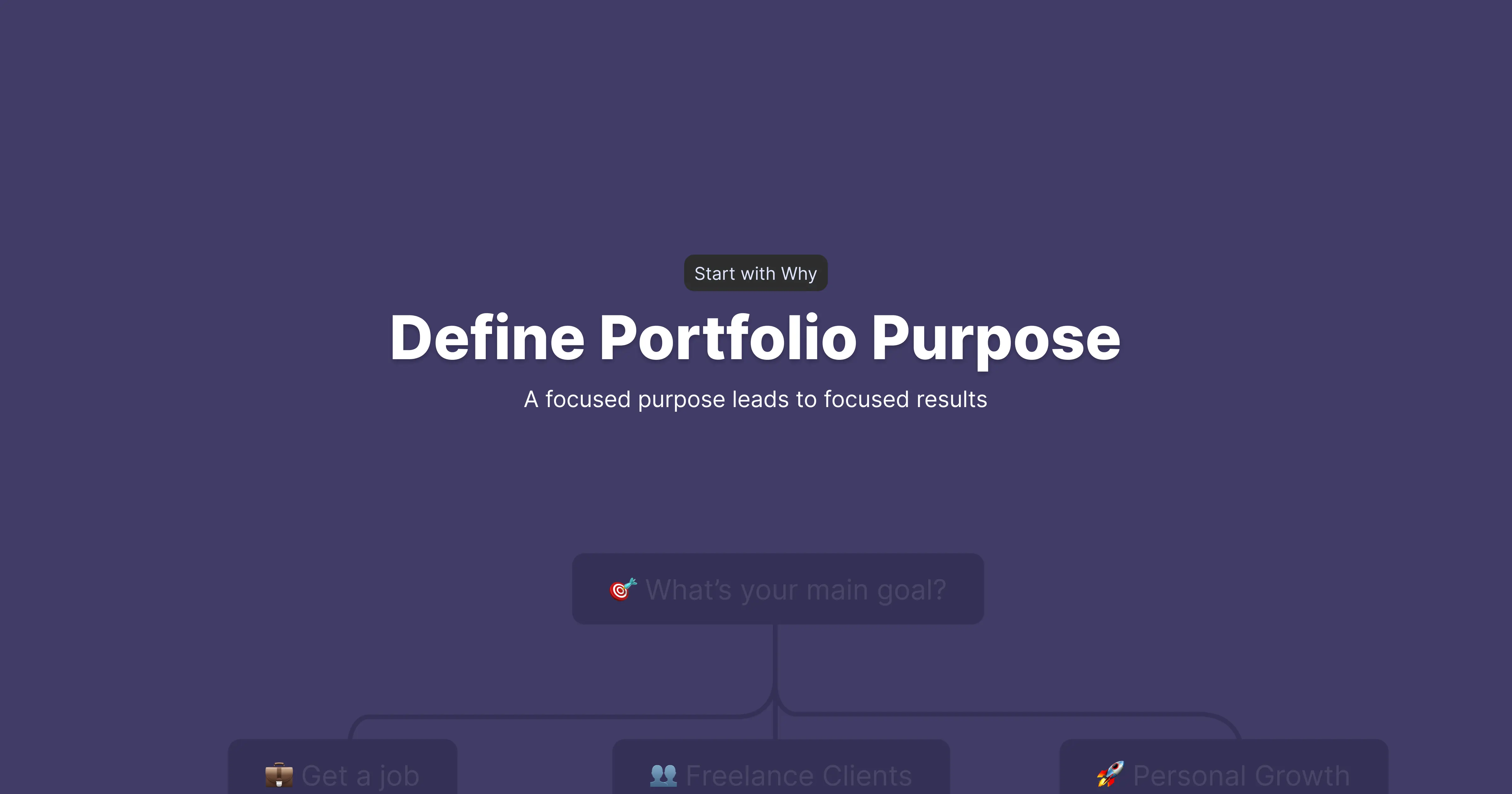Most developers jump straight into picking a template or tweaking colors. That's a mistake. A portfolio without strategy is like a resume without focus, it looks busy but fails to communicate value.
Strategy answers three big questions:
- Who's this for? Recruiters, clients, or collaborators?
- What do you want them to see first? Projects, skills, or your story?
- How should they act? Hire you, contact you, or view your GitHub?
When you solve these, your portfolio has direction. Every design choice, every section, and every project becomes easier.
Step 1. Define Portfolios Purpose
Before you write a line of HTML, figure out why your portfolio exists.
- Target employers -> Highlight technical depth, problem solving, and teamwork.
- Freelance clients -> Show finished products, testimonials, and clear calls to action.
- Community building -> Add blog posts, open source contributions, and personal projects.
If you're unsure which path best suits you, start with a framework for defining your portfolio goals - it will shape every other decision you make.
Step 2. Choose the Right Projects
Quality beats quantity. Three to five strong projects communicate your skills more effectively than a long list of unfinished experiments.
Ask yourself:
- Does this project demonstrate the skills I want to highlight?
- Can I clearly explain my role and impact?
- Is the project presentation polished enough for public viewing?
Following selecting and prioritizing projects ensures that each piece of work you display strengthens your story.
Structure Your Portfolio
A well-structured portfolio guides visitors seamlessly through your story:
- Hero Section – A concise intro stating who you are and what you do
- Projects – Short blurbs with live demos or screenshots
- About Section – Highlight your background and goals in a clear, concise bio
- Contact Section – Make it easy for visitors to reach you
If you’re unsure how to organize these sections, a step-by-step guide to portfolio structure can show you proven layouts and content order.

Step 4: Avoid Common Mistakes
Even skilled developers can falter with simple errors:
- Including too many projects that overwhelm visitors
- Skipping clear calls to action
- Presenting unfinished or unpolished work
- Treating the portfolio like a resume dump
Studying common mistakes developers make in portfolios can help you sidestep these pitfalls and save time refining your site.
Step 5: Bringing It All Together
Your portfolio strategy provides the foundation.
From here, strategy informs design, resources, and deployment
Each of these items are the next steps you should consider researching to strengthen your portfolio:
- Design choices, like choosing the best fonts and the best color palettes, should reinforce your purpose.
- Templates and examples can inspire and accelerate your build.
- Hosting and performance optimizations turn your portfolio into a professional, reliable site.
Final Thoughts
Strategy transforms your portfolio from a random collection of projects into a coherent story.
Define your purpose, select meaningful projects, structure sections logically, and avoid common missteps.
With these foundations, your portfolio becomes a tool that not only showcases your work but guides visitors toward taking action, whether that’s hiring you, collaborating, or exploring your code.


